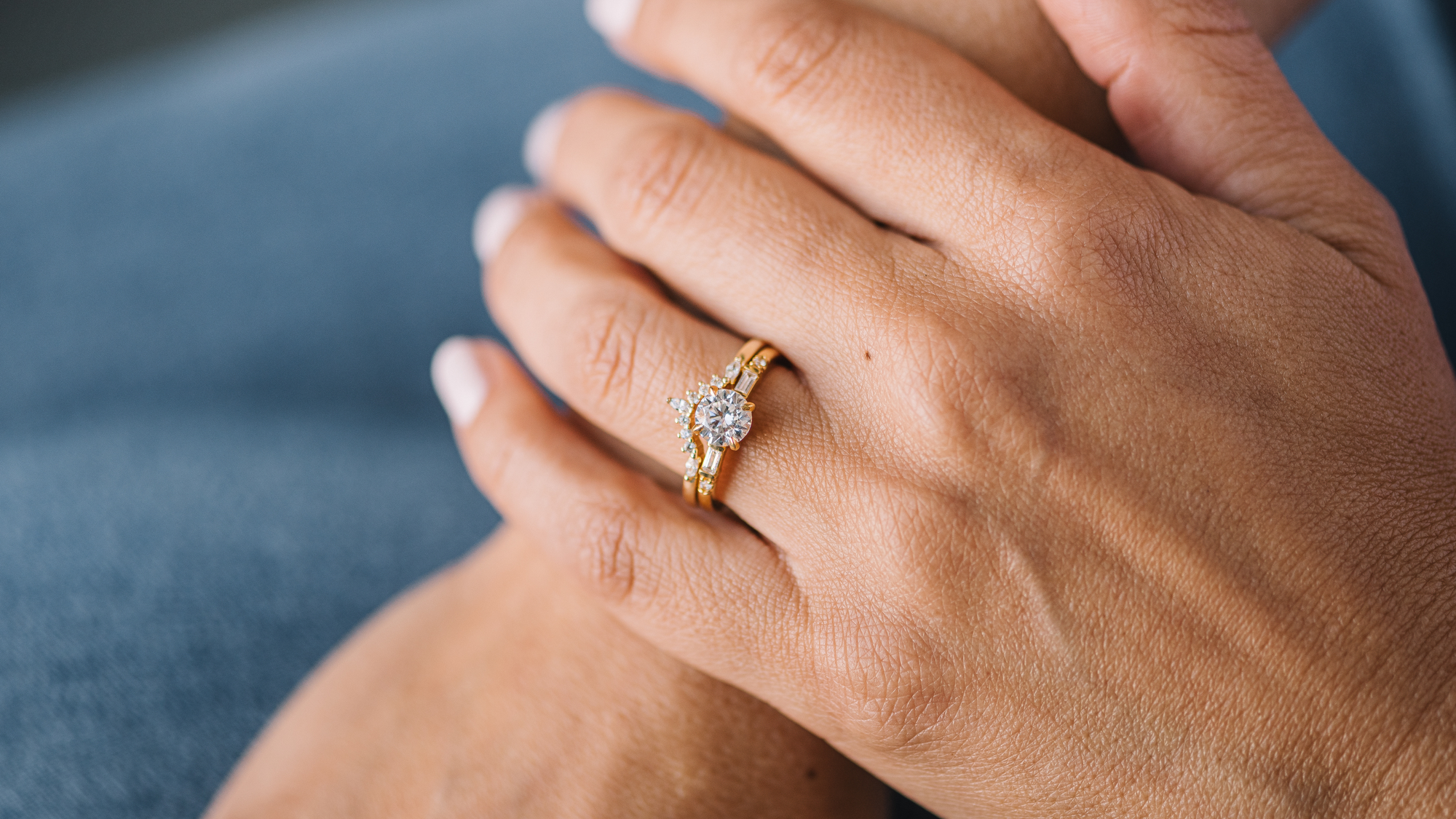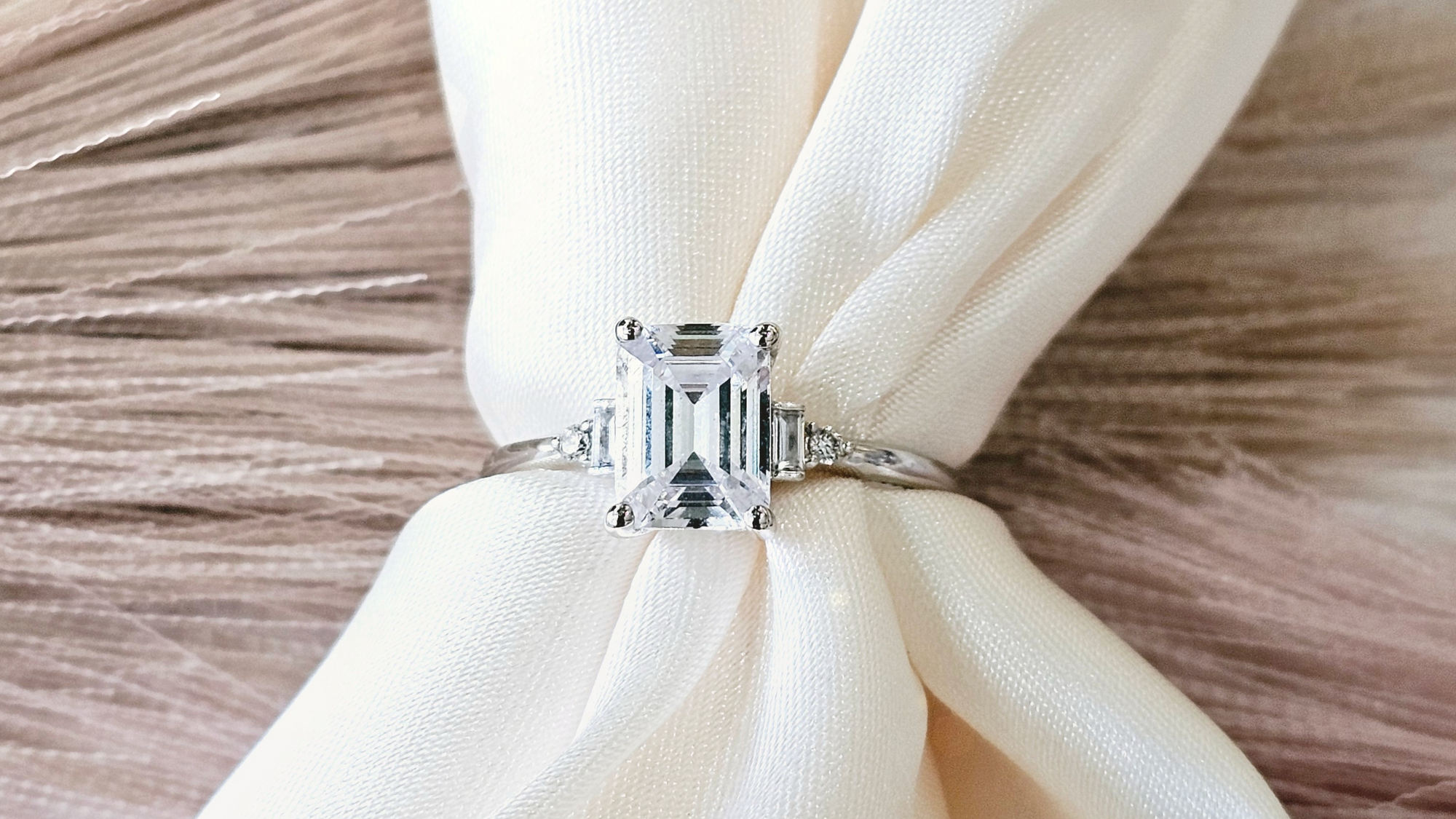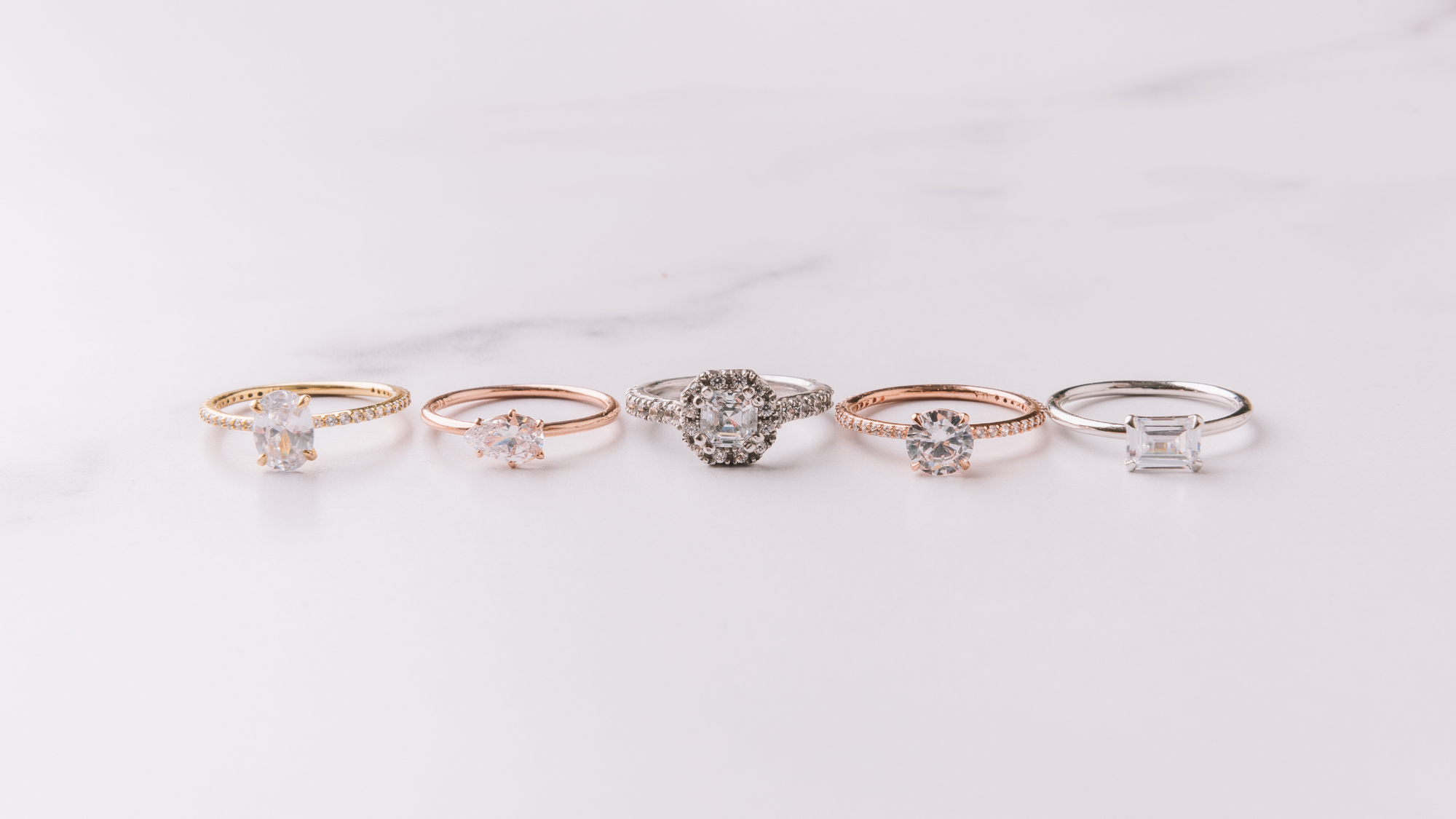In this article, we delve into the world of fine jewelry to separate fact from fiction, providing you with everything you need to know about its long-term value. So, fasten your seatbelts and embark on a journey that will change how you perceive those exquisite pieces adorning your collection.
Understanding the Factors that Influence Jewelry Value
Fine jewelry's value extends far beyond its sparkling facade. It's a delightful blend of various factors that determine its worth. Of course, materials play a significant role, so high-quality gemstones and precious metals are key contributors. And let's not forget about expert craftsmanship, intricate designs, and meticulous attention to detail that showcase the artistry behind each piece.But that's not all! Brand reputation, rarity, and historical context can also greatly impact a jewelry's value. For example, a vintage diamond ring from a renowned jewelry house. It may command a higher price due to its historical significance and limited availability. And you've got a stone certification from reputable gemological institutions like the Gemological Institute of America (GIA). In that case, that further enhances your jewelry's value and gives you peace of mind about its quality.
How To Know If Your Jewelry Is Valuable
Assessing the value of your jewelry can be an exciting endeavor. Look for hallmarks, which are markings on the jewelry that indicate its metal purity, such as "925" for sterling silver or "750" for 18-karat gold.Gemstone quality is another crucial factor. We're talking about color, clarity, cut, and carat weight here. The better the grade, the more valuable the gemstones become. And when in doubt, it's always a good idea to seek professional appraisals and evaluations from certified gemologists and appraisers. They'll accurately assess your jewelry's worth, considering market conditions and comparable sales.
What Type Of Jewelry You Should And Shouldn't Invest In
Investing in jewelry requires careful consideration, as not all pieces hold the same investment potential. Diamonds, known for their durability and timeless appeal, are often sought-after investments. However, not all diamonds are equal. Factors such as the 4Cs (color, clarity, cut, and carat weight), diamond shape, and certification influence their value.Additionally, gemstones with rarity and unique characteristics, like colored diamonds or untreated natural sapphires, may present investment opportunities. Vintage and antique jewelry can also appreciate value over time, especially if they possess historical significance or showcase exceptional craftsmanship.
On the other hand, trendy fashion jewelry or mass-produced pieces may not retain their value as effectively, as their appeal is often short-lived. It's crucial to research market trends, consult experts, and choose jewelry with enduring appeal when considering an investment.
Is Jewelry a Good Investment?
That is the million-dollar question. While jewelry possesses intrinsic beauty and emotional significance, its investment potential should be evaluated carefully.If you're considering jewelry as an investment, it's important to take into account historical trends and the potential for value appreciation. Over the past few years, both gold and diamonds have experienced notable increases in value, further piquing the interest of investors.
Looking at gold, a timeless metal that has been cherished for centuries, its value has seen a steady climb in recent years. Over the past three years, the price of gold has increased by approximately 20%. In the span of five years, its value has surged by around 40%. And over the past decade, gold has demonstrated remarkable growth, with its value skyrocketing by approximately 150%.
Diamonds, the exquisite gemstones renowned for their brilliance and rarity, have also shown impressive value appreciation. In the last three years alone, diamonds have witnessed a rise of approximately 10% in value. Over the past five years, their worth has increased by around 20%. And in the last decade, diamonds have experienced an upward trajectory, with their value appreciating by approximately 50%.
These statistics illustrate that gold and diamonds have been on an upward trend in value. However, it's crucial to note that the value of jewelry can be influenced by various factors, including economic conditions, consumer demand, and market dynamics. Therefore, while jewelry can serve as an investment, it's essential to approach it with a balanced perspective, considering its aesthetic and emotional significance and potential financial returns.
Ultimately, when considering jewelry as an investment, it's advisable to consult with experts in the field and conduct thorough research to make informed decisions. By combining your personal preferences and financial goals, you can strike a harmonious balance between the allure of jewelry and its investment potential.
Conclusion
Jewelry holds a value that transcends the realms of finance. It is a testament to human creativity, a work of art that combines exquisite materials, expert craftsmanship, and timeless design. But, beyond its monetary worth, fine jewelry carries a world of emotions, memories, and personal significance.So, as you continue your jewelry journey, embrace the beauty and significance of each piece. Let them be reminders of your unique style, personal achievements, and the connections you hold dear. Treasure your collection, knowing its worth extends far beyond what can be measured in monetary terms.
Got a dream piece of jewelry that you want to bring to life? Schedule a custom consultation with us! We definitely love a good challenge.










